Exploring Vietnamese Ancient National Costumes
Welcome, dear readers! Today, we embark on a journey to explore the vibrant world of Vietnamese ancient national costumes. Get ready to be dazzled by the rich history, intricate designs, and symbolic meanings behind these traditional garments.
A Brief History of Vietnamese National Costumes
Vietnamese national costumes are not just colorful pieces of clothing; they are a reflection of the country’s long and rich cultural heritage. Throughout history, these costumes have evolved and adapted to changing times and influences.
In ancient times, the traditional costume for women consisted of a long, flowing garment called “Ao Tu Than,” while men wore loose-fitting trousers and shirts.
Fast forward to the 18th century, when the “Ao Dai” made its grand entrance. This iconic costume featured a high-collar tunic worn over wide-legged pants, giving it a graceful and elegant look. The Ao Dai quickly became the symbol of Vietnamese femininity, and its design went through various changes over the years.
Now, let’s keep our heads covered, quite literally, with the “Non La.” This timeless Vietnamese hat not only protected people from the scorching sun but also added a unique touch to their outfits. With its conical shape and wide brim, the Non La became a staple accessory for both men and women.
Of course, Vietnamese national costumes go beyond just the Ao Dai and the Non La. The Five-Piece Outfit of the Nguyen Dynasty was a symbol of royalty and power, while the Whitened-Teeth Fashion Statement showcased the Vietnamese people’s obsession with pearly whites. And let’s not overlook the vibrant ethnic minority costumes that reflect the diversity of Vietnam’s population.
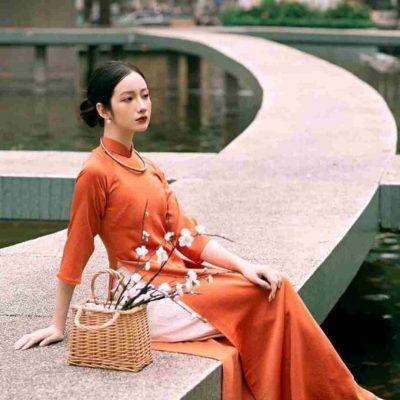
The Ao Dai: An Iconic Vietnamese Costume
Ao Dai! If you haven’t heard of it, you’re missing out on an essential piece of Vietnamese culture. The Ao Dai is not just any ordinary costume, my friends; it’s iconic, it’s elegant, and it’s a fashion statement like no other.
The Evolution of the Ao Dai
Let’s take a trip back in time, shall we? The Ao Dai has an interesting history that dates back to the 18th century. Originally, it was a more modest outfit, with a loose top and wide-legged pants. But as time went on, it evolved into the slim-fitting, high-necked outfit we know and love today. Talk about a transformation!
The Design and Symbolism Behind the Ao Dai
The Ao Dai is not just about the aesthetics; it’s also about symbolism. The dress represents elegance, femininity, and grace. The long flowing sleeves and the high collar symbolize modesty and respect. And let’s not forget the vibrant colors and intricate patterns, which reflect the rich cultural heritage of Vietnam. It’s like wearing a work of art!
The Ao Dai in Modern Vietnamese Culture
Ao Dai is not just for special occasions or traditional events; you’ll spot the Ao Dai on the streets of Vietnam on any given day. From young girls attending school to women going about their daily lives, the Ao Dai is a staple in Vietnamese fashion.
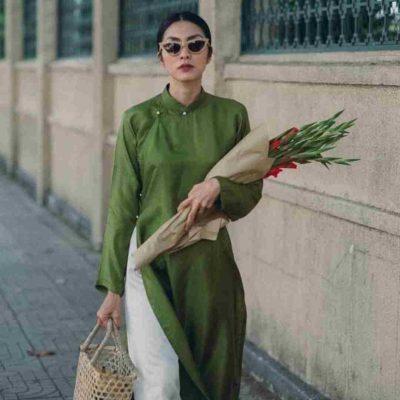
In fact, the Ao Dai has even found its way onto the international stage. Designers all around the world have been captivated by its beauty and have incorporated elements of the Ao Dai into their collections. It’s a costume that has stood the test of time, evolving from its humble beginnings to becoming an iconic symbol of Vietnamese culture. Whether you’re in Vietnam or halfway across the world, the Ao Dai will continue to leave a lasting impression. It’s a fashion statement that oozes elegance and sophistication.
The Non La: A Timeless Vietnamese Hat
This enchanting accessory has been shielding Vietnamese heads from the scorching sun and pouring rain for centuries. With roots deeply embedded in Vietnam’s agricultural traditions, the Non La has become a symbol of simplicity, grace, and elegance.
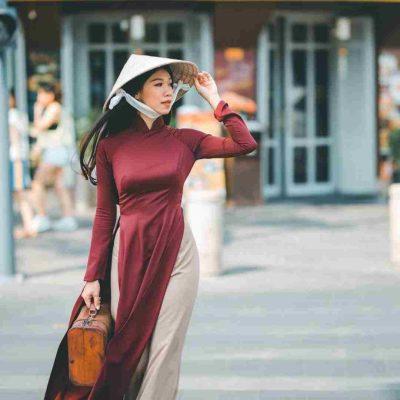
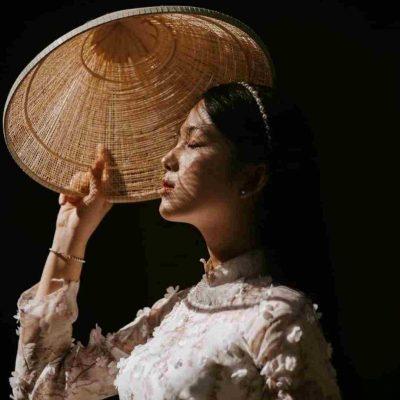
Other Traditional Vietnamese Costumes
The Nguyen Dynasty, known for their extravagant taste, had a unique five-piece outfit that was all the rage back in the day. It consisted of a robe, an overcoat, a long gown, trousers, and a turban.
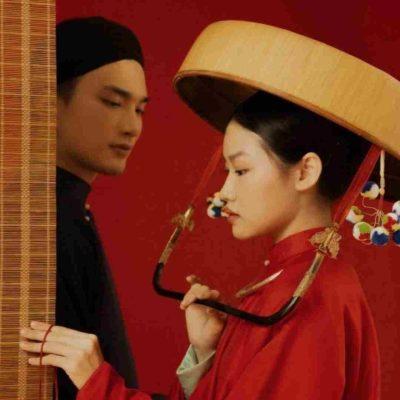
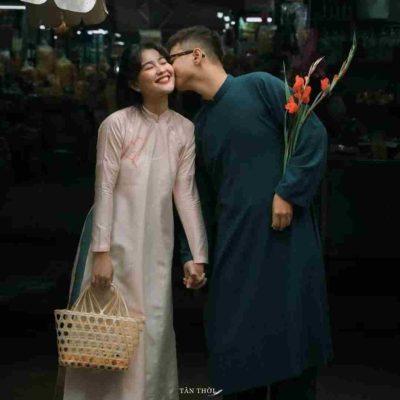
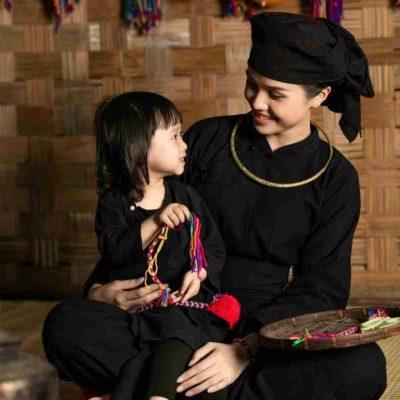
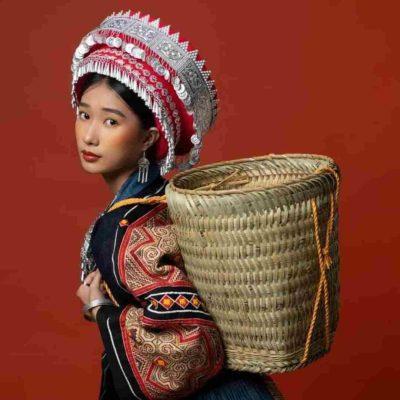
Vietnamese traditional costumes have a fascinating history that sets them apart. From the five-piece extravaganza of the Nguyen Dynasty to the obsession with blindingly white teeth and the explosion of color in ethnic minority costumes, Vietnamese fashion never fails to make a statement. So, next time you’re in Vietnam, channel your inner fashionista and rock one of these timeless ensembles. Who knows, maybe you’ll start a trend of your own.


